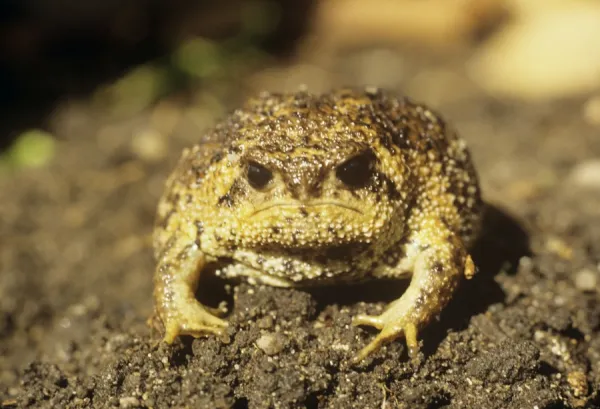The Most Effective Reptile Enclosures: Just How to Create the Ideal Environment
Producing the best habitat for reptiles is not almost putting them in a storage tank or room; it involves a thoughtful consideration of numerous variables that add to their overall wellness. From the size of the room to the sort of substratum made use of, every element plays an essential duty in supplying an atmosphere where your reptile can flourish. By recognizing the certain requirements of your reptile types and executing the right habitat setup, you can ensure their health and wellness and joy in bondage.
Selecting the Right Unit Dimension
When picking an enclosure size for reptiles, it is important to consider their natural actions and space demands to ensure their well-being and health. When it comes to environment room, various reptile types have varying demands. Arboreal species like chameleons or tree serpents require upright space for climbing up and perching, while terrestrial varieties such as bearded dragons or leopard geckos need even more flooring area for discovering and thermoregulation. Marine turtles like red-eared sliders require units with both water and acreage for swimming and basking.
A basic guideline is to offer adequate space for the reptile to display natural behaviors, such as basking, concealing, climbing up, and foraging. rain frog for sale. Insufficient space can result in stress, behavioral problems, and even physical health issue. Units must also enable the positioning of appropriate home heating and lights aspects, as well as ecological enrichment products like rocks, hides, and branches. By meticulously thinking about the details needs of the reptile types concerned, owners can develop a suitable and improving habitat that promotes total health and encourages all-natural behaviors.
Setting Up Correct Burner
To make certain the health and wellness of reptiles in their units, it is important to meticulously establish correct burner. Reptiles are ectothermic animals, indicating they depend on external heat resources to control their body temperature level. When establishing burner in a reptile unit, it is essential to take into consideration the specific temperature level needs of the species you are caring for. Various reptiles have differing temperature requires based on their natural habitat, so it is essential to research study and understand these needs.
One common and effective burner for reptile enclosures is a warm lamp or ceramic warmth emitter. These heat sources can be used to develop a temperature level slope within the enclosure, permitting reptiles to move between warmer and cooler locations as needed. Furthermore, under-tank hot pad or heat floor coverings can be used to give belly warm, which is specifically advantageous for reptiles that need additional warmth to assist in digestion.
Monitoring the temperature level within the room making use of a thermometer is important to ensure that the burner are keeping the appropriate temperature array for your reptile. On a regular basis examine and change the burner as needed to produce a comfy and healthy and balanced atmosphere for your flaky buddy.
Choosing Appropriate Lights Fixtures

Offering the Perfect Substratum
Selecting the proper substrate is important for producing a comfy and ideal atmosphere for reptiles in their enclosures. Some reptiles, such as desert-dwelling varieties like bearded dragons, flourish on substrates like calcium sand or reptile carpeting, while others, like round pythons, choose coconut husk or aspen bedding to maintain humidity degrees.
Avoid substrates that can create impaction, such as loosened substrates like sand or crushed rock, especially for reptiles known to ingest their bedding. Frequently cleansing and replacing the substrate is important to make sure a hygienic and tidy setting for your reptile.
Designing for Enrichment and Convenience
Taking into consideration the substratum's role in giving a structure for all-natural habits and maintaining a suitable environment, boosting the reptile unit with appropriate decorations is important for both enrichment and convenience. Decors such as branches, rocks, hideouts, over here and artificial plants not only create a more visually enticing environment yet also serve functional purposes. Branches offer climbing up chances for arboreal species, while rocks can work as basking spots for warmth. Hideouts provide sanctuary and safety, minimizing tension degrees for the reptile. Synthetic plants not just improve the aesthetics but additionally give concealing spots and enrichment by allowing the reptile to engage and explore with its environment. When enhancing the enclosure, it is vital to think about the reptile's species-specific needs and habits to develop a space that advertises physical and psychological well-being. By integrating a variety of decorations that simulate the reptile's natural environment, proprietors can ensure their family pet's comfort and boost their all-natural impulses, ultimately leading to a better and much healthier reptile.
Conclusion

Developing the ideal environment for reptiles is not simply regarding placing them in a storage tank or unit; it includes a thoughtful factor to consider of different elements that add to their total well-being.Picking the suitable substratum is essential for developing a comfortable and suitable setting for reptiles in their enclosures. Some reptiles, such as desert-dwelling varieties like bearded dragons, prosper on substratums like calcium sand or reptile carpeting, while others, like round pythons, like coconut husk or aspen bed linens to maintain moisture levels.
By incorporating a variety of decorations that mimic the reptile's all-natural environment, proprietors link can ensure their pet's comfort and promote their natural reactions, eventually leading to a happier and healthier reptile.
In final thought, creating the perfect environment for reptiles includes selecting the ideal room size, home heating components, lighting fixtures, substratum, and designs.